At Academy, ensuring that tasty and nutritious food is accessible to young people is a priority. Educating young minds on the benefits of a healthy diet is an important factor in encouraging their growth into healthy adults. We aim to promote this learning every day through food engagement, fun marketing and added value in the form of lessons and interactive activities.
Ahead of National Cereal Day on Sunday 7th March, we spoke to our Nutritionist Louise Goodall to find out more about cereals.
What is it about cereals that people don’t know but should?
Unfortunately, cereals are a big contributor of free sugars in both children and teenagers’ diets. High sugar diets can not only lead to weight gain but also tooth decay. Tooth decay can have a huge impact on a child’s life, causing pain, sleepless nights and days off school. Some manufacturers have reduced the amount of sugar added to their products in recent years, but there is still a way to go.
It’s not unknown that breakfast cereals can be high in sugar, less well known or considered is the level of salt in some products. In 2017, a study detailed the reduction in salt content of breakfast cereals in the UK since 2004 but highlighted the need for a continued focus as cereals are still a major contributor to salt intake.
Do cereals do the right job?
It’s easy to pick up a box of cereal in the supermarket which is not as healthy as you would have thought, based on marketing and visual appeal alone. The nutritional information on the packaging will tell you whether you are making a healthier choice, but manufacturers don’t always make it easy to understand at a glance – unless front of pack labelling includes the traffic light rating system (green = low; amber = medium; red = high). It’s also worth bearing in mind that most front of pack labelling is based on a portion size of 30-40g, which may not represent the amount in your bowl.
How can young people benefit from eating breakfast?
Eating breakfast provides you with the fuel for your morning, but unfortunately breakfast is commonly skipped, particularly by adolescents. Although the research behind breakfast being ‘the most important meal of the day’ isn’t clear cut, it’s essential not to skip meals. Regular eating patterns can help to reduce hunger pangs and the likelihood of weight gain.
Research has shown a positive relationship between academic performance and breakfast consumption. A recent study by the University of Leeds reinforces this theory and additionally found that skipping breakfast could be negatively associated with GCSE performance.
What role can parents and teachers play?
It’s important for parents and teachers to lead by example, choosing cereals which are lower in sugar and salt, and a good source of fibre. In this way, eating healthier cereals will be more familiar to children and young people. It’s important to remember that whilst a cereal can be fortified with additional vitamins and minerals, it can also be high in sugar – so always check the nutritional information.
What does a healthy cereal look like for you?
Opting for cereals that contain wholegrain is a great way to ensure you start your day with a good source of fibre and will help you to meet the fibre government recommendations. These were revised in July 2015 and advise 11 to 16-year olds to aim for around 25g of fibre a day, 5 to 11-year olds to aim for around 20g and 2 to 5-year olds to aim for 15g. Examples of higher-fibre cereals include porridge, plain whole-wheat biscuits and plain shredded wholegrain. My go-to cereal is Weetabix but whenever I have a bit more time, I enjoy making a hot bowl of cinnamon porridge with some diced apple or banana mixed in for some sweetness.




